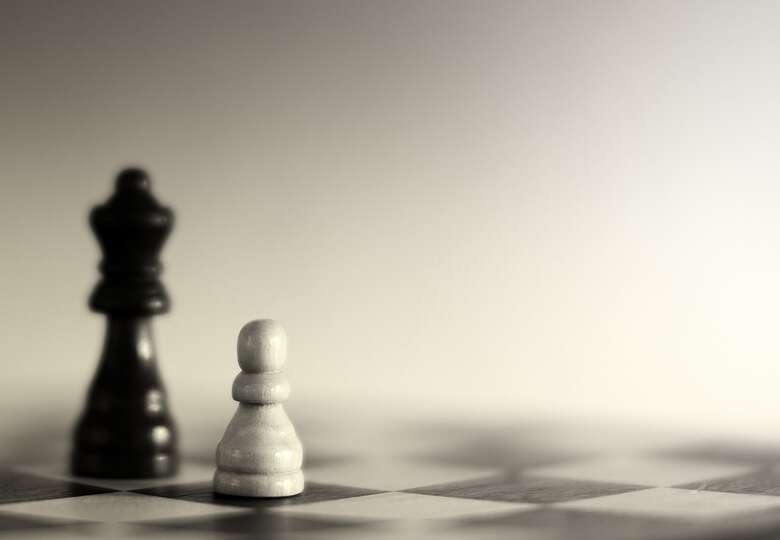[ad_1]
The Evolution of Dancehall Parties: From Kingston to the World
Dancehall parties have become a global phenomenon, captivating audiences from all corners of the world with their infectious beats and energetic moves. Originating in Kingston, Jamaica, dancehall has evolved over the years, transcending cultural boundaries and leaving an indelible mark on the music and dance scene. In this article, we will take a closer look at the evolution of dancehall parties and how they have become a global sensation.
Dancehall, as a genre, emerged in the late 1970s in Jamaica, following the decline of reggae. It was a response to the social and political unrest of the time, providing an outlet for expression and celebration. The music was characterized by its heavy basslines, catchy melodies, and raw, often explicit, lyrics. Dancehall parties quickly became the hub for showcasing this new genre, with sound systems playing a pivotal role in their development.
Sound systems, mobile discotheques equipped with powerful speakers, became the backbone of dancehall parties. They were responsible for amplifying the music, creating a vibrant atmosphere that could be heard throughout the neighborhood. Sound system operators, known as selectors, would curate playlists, selecting the latest dancehall tracks and interacting with the crowd. These parties were often held in open-air venues, such as street corners or empty lots, attracting a diverse audience.
As dancehall gained popularity in Jamaica, its influence began to spread beyond the island. Jamaican immigrants brought the music and culture with them to cities like New York, London, and Toronto, where dancehall parties started to take root. These parties became a way for the diaspora to connect with their roots and create a sense of community in their new surroundings.
In the 1990s, dancehall experienced a significant shift with the rise of digital technology. Producers started incorporating electronic elements into the music, creating a fusion known as “ragga” or “ragga dancehall.” This new sound propelled dancehall into the mainstream, with artists like Shabba Ranks and Beenie Man gaining international recognition.
With the advent of the internet and social media, dancehall parties began to reach even wider audiences. Videos of dancehall dancers showcasing their moves went viral, sparking a global interest in the genre. Dancehall parties started popping up in cities around the world, from Tokyo to Paris, attracting both Jamaicans and non-Jamaicans alike.
Today, dancehall parties have become a vibrant
[ad_2]


